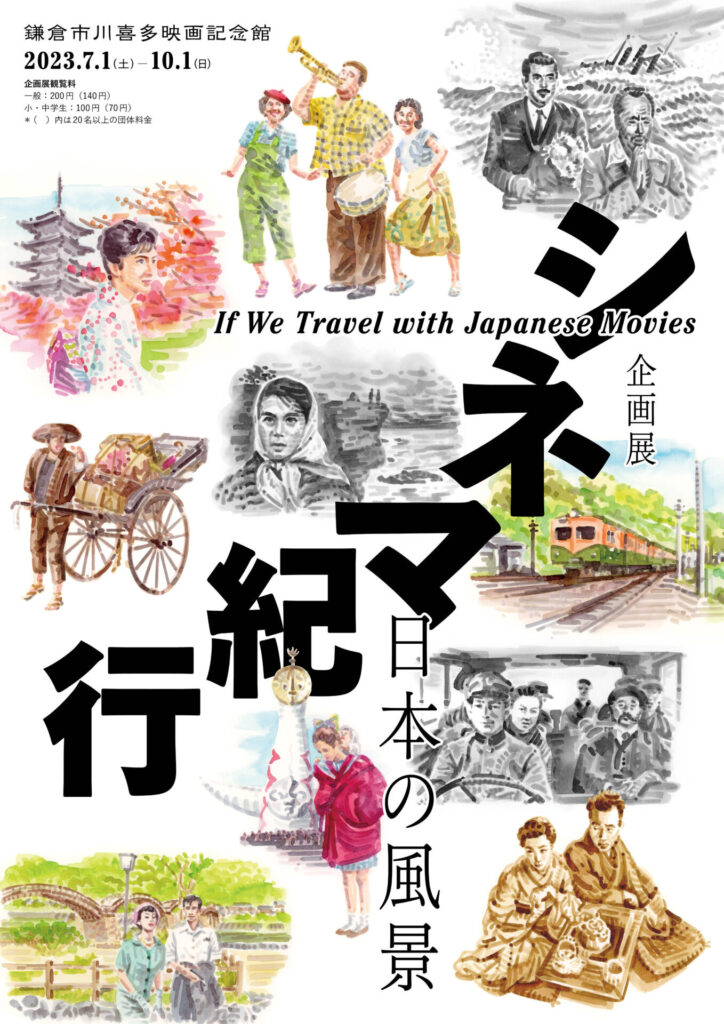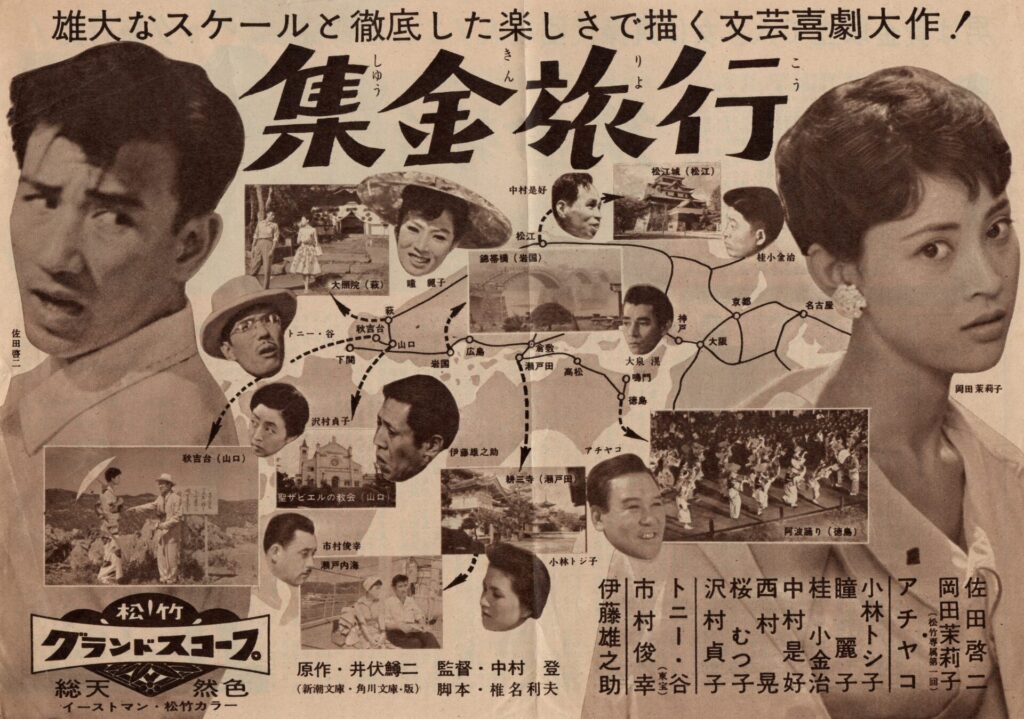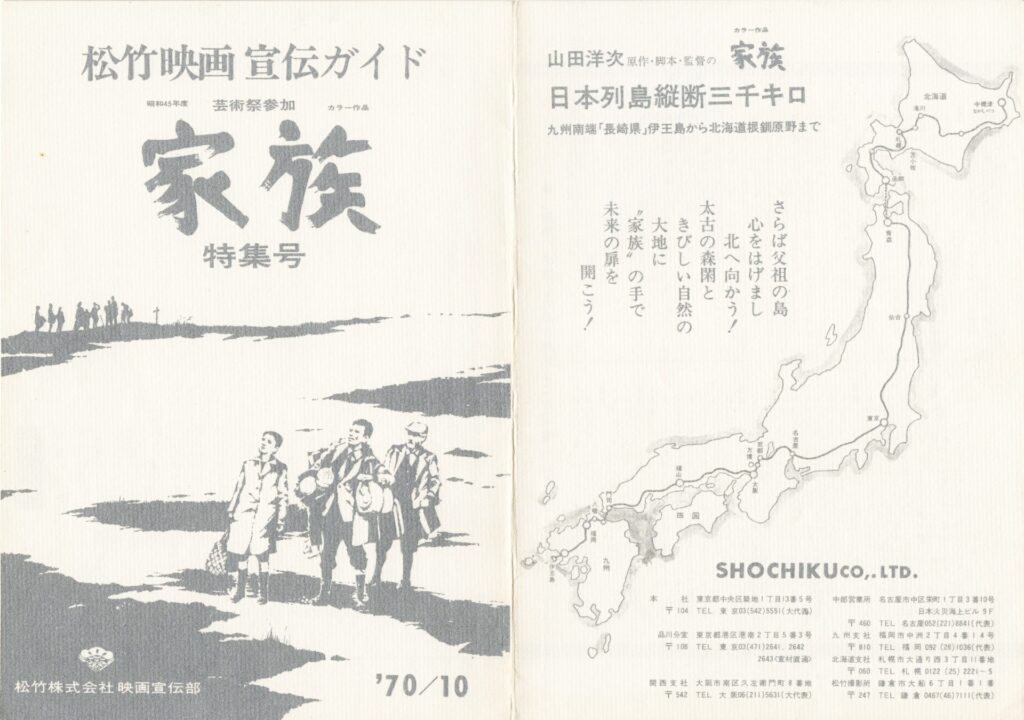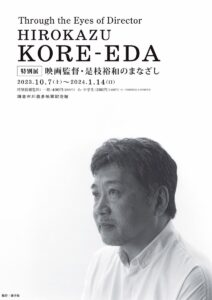If We Travel with Japanese Movies

Over the decades, Japanese films have portrayed Japan in its diverse forms and manifestations. In Zero Focus (Zero no shōten, 1961; see September screening schedule), a dramatization of Seichō Matsumoto’s famous mystery novel, the craggy precipice of Yase Cliff in Noto Peninsula was instrumental in depicting the unstable psychology of the cornered culprit in the film’s climactic scene.
Where Spring Comes Late (Kazoku, 1970; see August screening schedule) depicts a family’s journey as they relocate from Nagasaki to Hokkaido in pursuit of a new life as dairy farmers. Skillfully weaving footage of the era, society, culture, different ways of life, and regional landscapes into the fabric of the narrative, director Yōji Yamada offers an intricate portrayal of a family struggling to adapt to the realities of Japan’s turbulent period of high economic growth. Memorable scenes and breathtaking scenery convey the director’s intentions while also enhancing the film’s timeless appeal.

This exhibition will take visitors on a journey through the years, exploring the timeless allure of films that have managed to capture the diversity of landscapes and ways of life across the Japanese archipelago. Catch glimpses of a Japan no longer visible today as you enjoy the kind of journey across space and time that only movies can provide.
※No photos in the exhibition area, allowed in the entrance only.
If you need to use your translation app to read the captions, please ask the staff.

Visitor Voices
In one corner of the exhibition, you’ll find a space where you can jot down your own thoughts beneath two headings: “Personal Japanese film favorites” and “Memorable cinematic journeys.” We invite you to share the name of any films you hold cherished memories of, those that spring to mind on the theme of journeys, or even which of the exhibited works have most intrigued you. We look forward to reading your comments!


